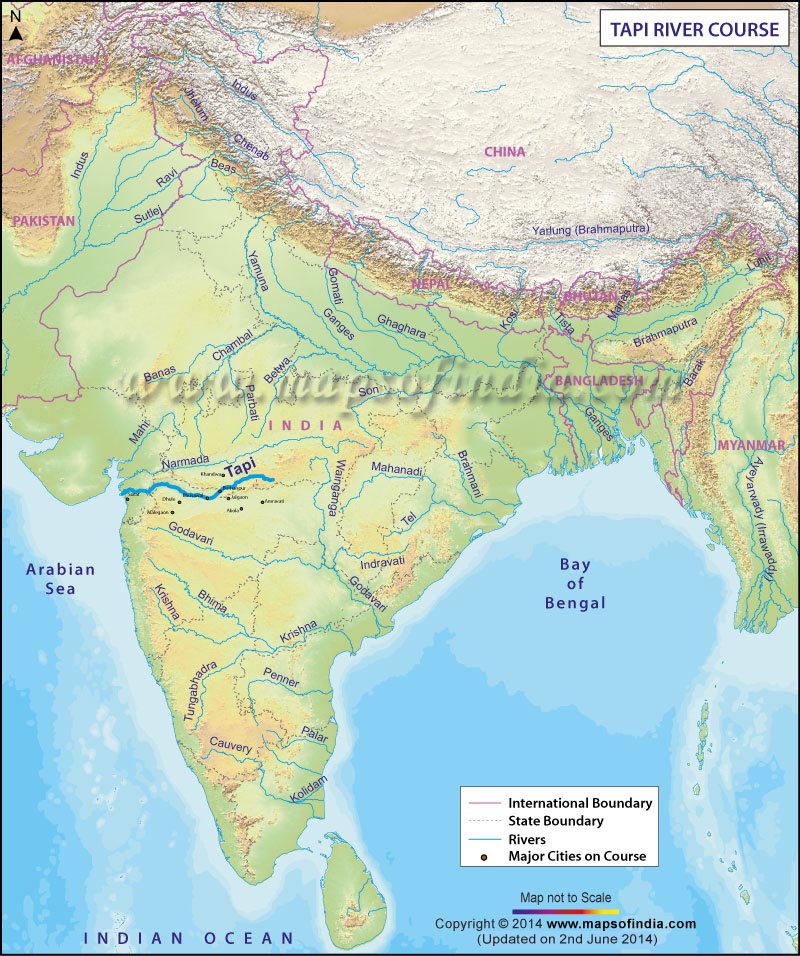Exploring the Sacred Currents: A Journey down the Tapi River in Hinduism
"Explore the Tapi River - a sacred waterway of India steeped in Hindu traditions, renowned for its spiritual relevance and cultural significance."

The Tapi River, also known as Tapti, is one of the central aspects of India's rich cultural and spiritual history, particularly from a Hindu perspective. This river, which flows in central India, is more than just a physical entity; it's a spiritual symbol, revered in Hindu texts, traditions, and beliefs.
Originating from the Satpura Range of Madhya Pradesh, the river traverses through the states of Maharashtra and Gujarat before it merges with the Arabian Sea. It carries with it not just waters but the essence of Indian spirituality, depicted in various Hindu scriptures and mythological tales. The Tapi River is named after the goddess Tapti, the daughter of Surya the Sun god and Chhaya the Shade. It is believed that she was born at the same time as her brother Shani, the Lord of Saturn, and the river Yamuna.
As per Hindu mythology, the goddess Tapti is said to have the power to cleanse one's sins and bestow inner peace. Countless devotees flock to its banks every year to pay homage and perform sacred rituals. The riverbanks are dotted with ancient temples that vibrate with spiritual energy, lending an air of divine serenity. The temple of Changdeo Maharaj in Maharashtra, located on the banks of Tapi, is one such place of worship that attracts devotees from all over the country.
The Tapi river, however, is more than just a sacred water body. It's a lifeline that supports agriculture and livelihoods throughout its course. The fertile lands along the river provide sustenance to millions, and the river itself is a source of fresh water, fish, and transportation. Thus, the Tapi River, in its essence, encapsulates the spirit of India - a mix of spirituality, sustenance, and life itself!
